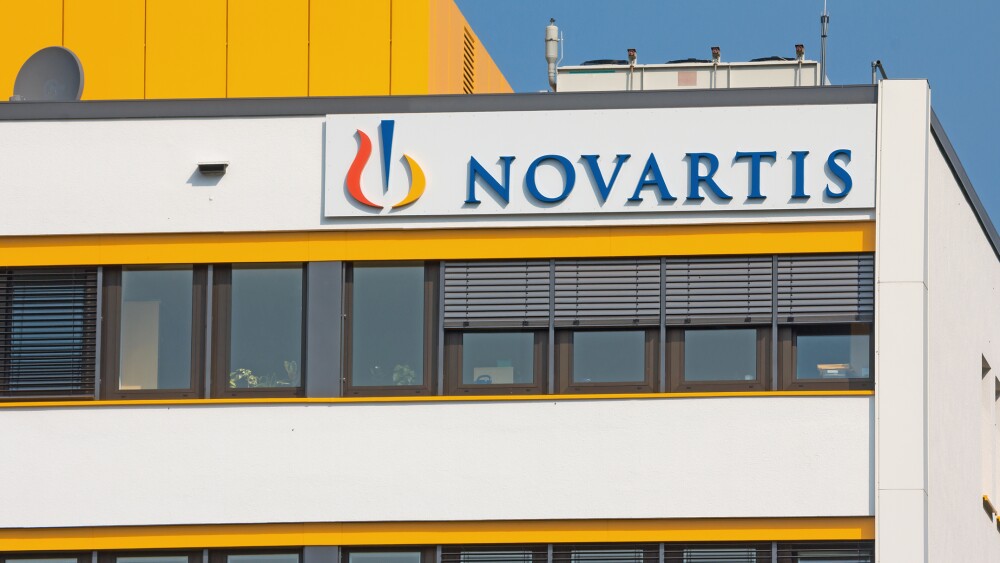Omeros Corporation shares were down in premarket trading after the company received a CRL for its experimental hematopoietic stem cell transplant-associated thrombotic microangiopathy treatment.
Shares of Omeros Corporation were down more than 15% in premarket trading after the company announced it received a Complete Response Letter from the U.S. Food and Drug Administration (FDA) for its experimental hematopoietic stem cell transplant-associated thrombotic microangiopathy (HSCT-TMA) treatment.
The FDA rejected Seattle-based Omeros’ Biologics License Application (BLA) for narsoplimab and called for additional clinical information before potentially approving the drug. The regulatory agency said it had difficulty in estimating the treatment effect of narsoplimab in HSCT-TMA based on the data that had been submitted.
The FDA did not raise concerns over chemistry, manufacturing and controls (CMC), safety, or non-clinical issues, Omeros said in its announcement.
Narsoplimab is an investigational human monoclonal antibody that targets mannan-binding lectin-associated serine protease-2 (MASP-2), a novel pro-inflammatory protein target and the effector enzyme of the lectin pathway of complement.
HSCT-TMA is a complication of stem cell transplantation that can sometimes be deadly. As the company explains, this condition is a systemic, multifactorial disorder caused by endothelial cell damage induced by conditioning regimens, immunosuppressant therapies, infection, graft-versus-host disease, and other factors associated with stem cell transplantation. HSCT-TMA occurs in both autologous and allogeneic transplants but is more common in the allogeneic population. There are approximately 25,000 to 30,000 allogeneic transplants conducted each year in the United States and Europe. Reports in both adult and pediatric allogeneic stem cell transplant populations suggest approximately 40% incidence of HSCT-TMA.
The company intends to seek a Type A meeting with the FDA to determine a path forward for narsoplimab as a treatment for HSCT-TMA. Narsoplimab is the first drug candidate submitted to FDA for approval in HSCT-TMA. It has Breakthrough Therapy and Orphan designations in both HSCT-TMA and IgA nephropathy.
Omeros wasn’t the only company to begin this week with a CRL from the FDA. The regulatory agency also rejected a lung disease treatment developed by MannKind Corporation and United Therapeutics. The FDA issued a CRL for Tyvaso DPI, a treatment for pulmonary arterial hypertension (PAH) and pulmonary hypertension associated with interstitial lung disease (PH-ILD).
The CRL did not raise issues with clinical data submitted to the FDA; rather, it pointed to deficiencies in an inspection conducted at a third-party facility. The FDA raised concern with an analytical testing center for treprostinil drug substance, the active ingredient of Tyvaso DPI.
Once those issues are addressed, the companies believe there will be a path toward approval. Both companies estimate the approval will be forthcoming in the summer of 2022. Michael Castagna, chief executive officer of MannKind, said the companies are building a “pre-launch inventory” of Tyvaso DPI ahead of potential approval.
Tyvaso DPI is a next-generation dry powder formulation of Tyvaso (treprostinil) Inhalation Solution. If approved, Tyvaso DPI is expected to provide a more convenient method of administration as compared with traditional nebulized Tyvaso therapy, the companies said.
“Tyvaso DPI will be a groundbreaking advancement for PAH and PH-ILD patients, and we look forward to launching this product no later than the summer of 2022,” Michael Benkowitz, president and CEO of United Therapeutics, said in a statement. “We reaffirm the achievability of our near-term goal of doubling the number of patients on Tyvaso by the end of 2022, and our longer-term goal of having 25,000 patients on our products by the end of 2025.”
Last week, Tennessee-based Revance Therapeutics received a CRL for its experimental treatment of moderate to severe glabellar (frown) lines. The FDA cited deficiencies related to its previous inspection of Revance’s manufacturing facility. The inspection was conducted this past spring following a six-month delay due to the COVID-10 pandemic.
The company plans to seek a Type A meeting with the FDA to address those concerns and a pathway forward for DaxibotulinumtoxinA for Injection.
“We are very disappointed by this unanticipated response from the FDA and are seeking further clarity from the agency. We remain committed to bringing our next-generation neuromodulator product to market in both aesthetic and therapeutic indications,” said Mark Foley, president and CEO of Revance, said in a statement.
DaxibotulinumtoxinA for Injection is a combination of a proprietary stabilizing peptide excipient and a highly purified botulinum toxin. In addition to frown lines, Revance is also evaluating DaxibotulinumtoxinA for Injection in the full upper face, including glabellar lines, forehead lines, and crow’s feet, as well as in two therapeutic indications - cervical dystonia and adult upper limb spasticity.





